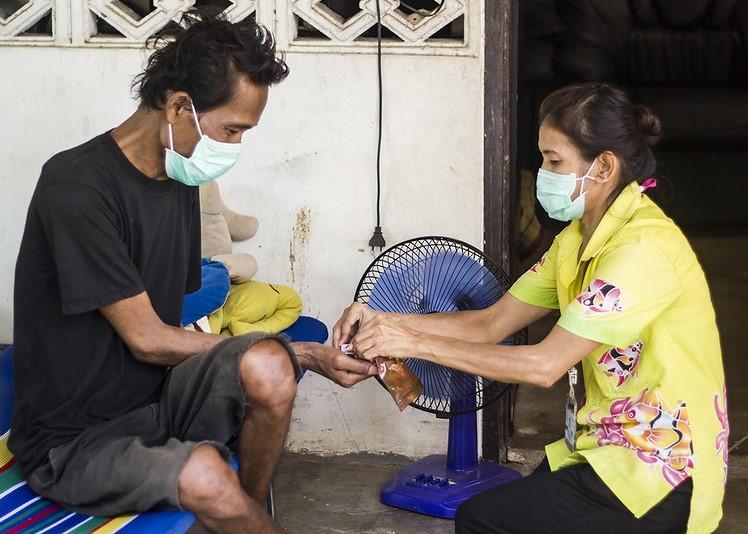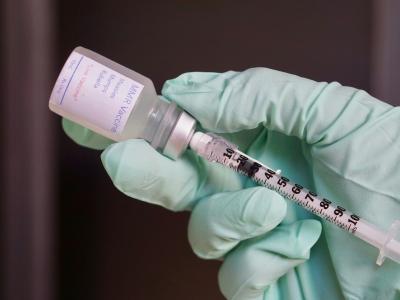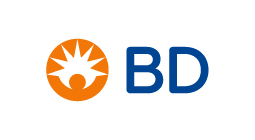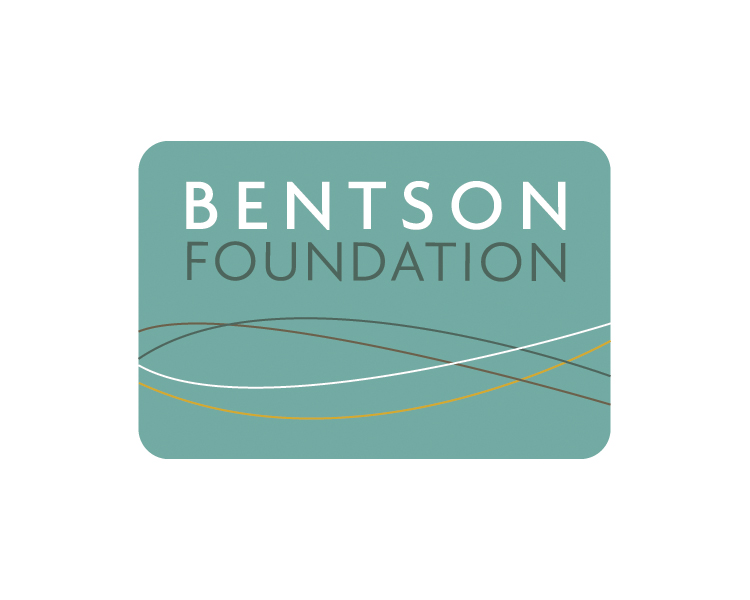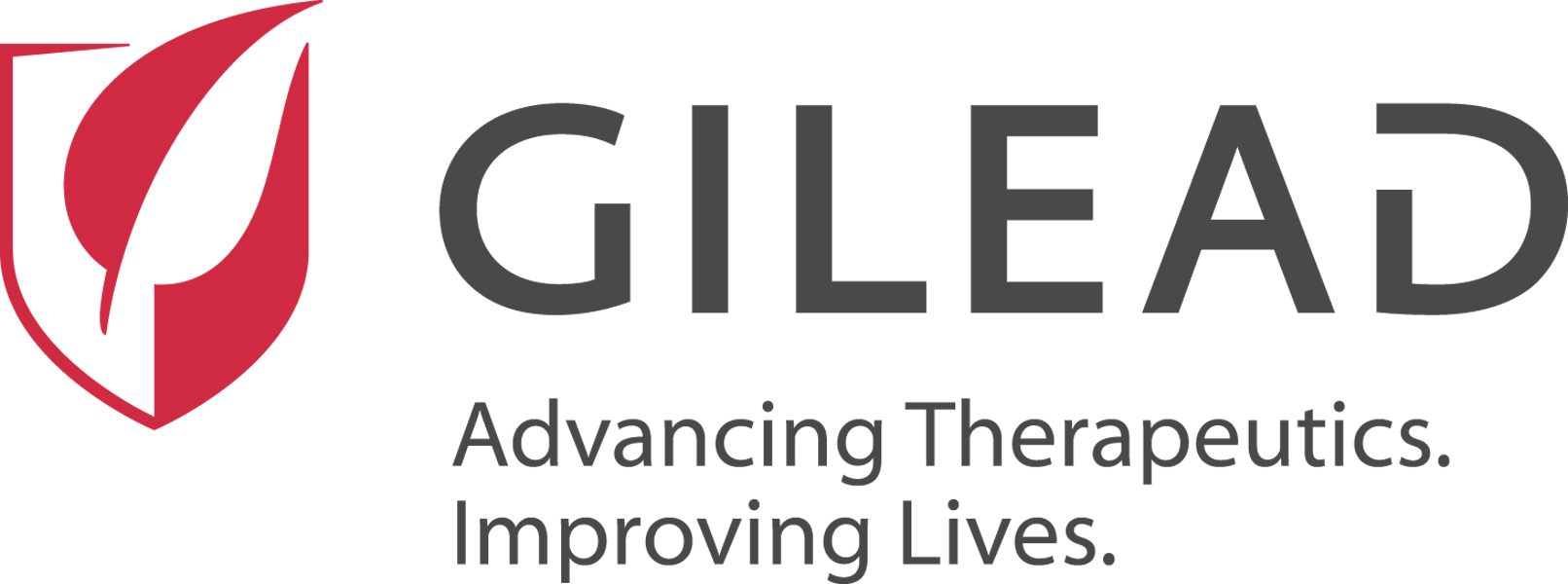A shortened, all-oral drug regimen worked well for some patients with pre-extensively drug-resistant tuberculosis (pre-XDR TB), according to the results of a multi-country randomized controlled trial published this week in The Lancet Respiratory Medicine. But the benefits were primarily seen in those with limited disease.
The phase 3 endTB-Q trial evaluated the efficacy of 6- and 9-month regimens of bedaquiline, delamanid, linezolid, and clofazimine (BDLC) in pre-XDR patients compared with a control group who received the World Health Organization (WHO)-recommended 18-month regimen for pre-XDR TB. The trial was one of many conducted in recent years to build evidence for the use of shorter, all-oral drug regimens for all forms of drug-resistant TB.
While favorable outcomes were observed in 87% of patients who received BDLC—a success rate far higher than global averages for pre-XDR TB treatments—the regimen was not non-inferior to the standard treatment.
The trial investigators say one explanation for the results is that patients with extensive disease did not respond as well to the treatment as those with limited disease.
"This shorter regimen is not a surefire cure for everyone," study co-author Carole Mitnick, ScD, of Harvard Medical School, said in a press release. "The big takeaway is that we might need a more tailored approach to treatment of this kind of resistant TB."
Higher relapse in participants with severe disease
For the trial, investigators with the endTB-Q Clinical Trial Team enrolled participants with pre-XDR-TB (defined as multidrug- or rifampicin-resistant TB with additional resistance to any fluoroquinolone) from India, Kazakhstan, Lesotho, Pakistan, Peru, and Vietnam. Participants were randomly assigned 2:1 to the BDLC group or the WHO-recommended standard-of-care control group, which included the four drugs in the BDLC regimen plus one or two other drugs.
The BDLC group was stratified by disease severity, with participants with extensive disease at baseline receiving 9 months of treatment and those with limited disease receiving 6 months. The primary end point was a favorable outcome (two consecutive negative cultures) at week 73 after randomization in the modified intention-to-treat (mITT) and per-protocol populations. The non-inferiority margin was –12%.
From April 2020 through March 2023, 324 participants were enrolled in the trial, with 219 assigned to the BDLC group and 105 to the control group. The mITT population included 247 participants (median age, 30.5 years; 54% male), of whom 157 had extensive disease. Of the 163 participants in the mITT population assigned to the BDLC group, 47 received the 6-month regimen and 116 received the 9-month regimen.
The big takeaway is that we might need a more tailored approach to treatment of this kind of resistant TB.
At week 73, 141 participants (87%) in the BDLC group had achieved a favorable outcome versus 75 (89%) in the control group in the mITT population (adjusted risk difference, 0.2%; 95% confidence interval [CI] –9.1% to 9.5%). In the per-protocol population, a favorable outcome was achieved by 138 (88%) of 157 in the BDLC group versus 71 (93%) of 76 in the control group (adjusted risk difference, –3.5%; 95% CI, –12.8 to 5.9). Overall non-inferiority was not shown.
In a prespecified sub-group analysis of the mITT population, the proportion of patients with favorable outcomes was higher among those in the BDLC group with limited disease (93%) than in the control group (88%) (risk difference, 5.6%; 95% CI, –7.6% to 18.8%). But among patients with extensive disease in the BDLC group, the proportion with favorable outcomes was lower (83%) than it was in the control group (90%) (risk difference, –7.5%; 95% CI, –18.3% to 3.2%).
"This observed difference reflects higher relapse rates among participants with extensive than those with limited disease in the BDLC group," the investigators wrote.
May be option for those with limited disease
The investigators say that although the trial results don't support the non-inferiority of the BDCL regimen overall, they do support use of BDLC in patients with limited disease at baseline. "However, for those with pre-XDR tuberculosis and extensive disease, a longer or reinforced regimen might be necessary to prevent unfavourable outcomes," they wrote.
They add that their successful implementation of a stratified approach, in which treatment duration was based on baseline disease extent and microbiologic response, could pave the way for more tailored TB treatment. Current WHO guidance recommends the 6-month BPaL/M (bedaquiline, pretomanid, and linezolid, with or without moxifloxacin) regimen for patients with multidrug- or rifampicin-resistant TB, regardless of severity.
"Instead of focusing on the 'prize' of shortened treatment, we need to keep our eyes on the true goal of curing as many people as we can," Mitnick said.
